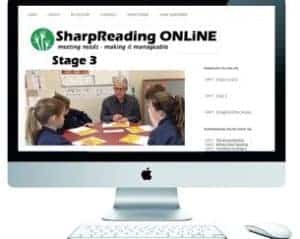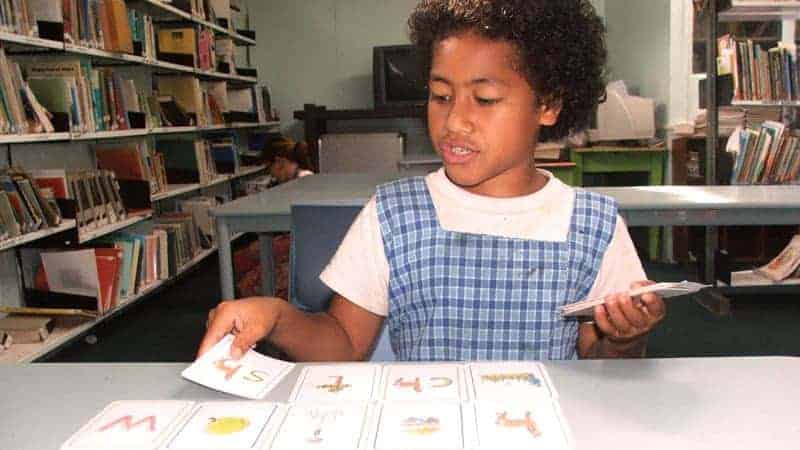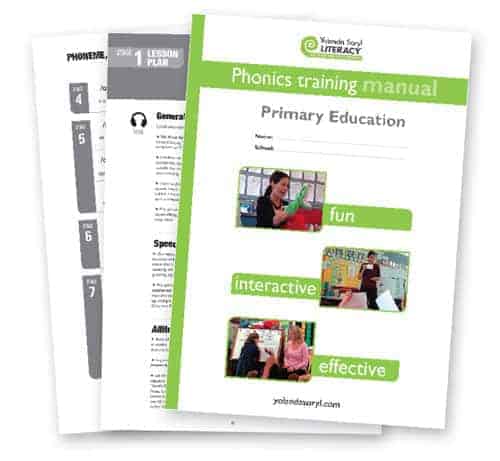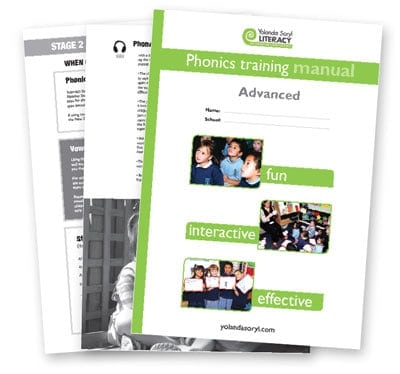About Primary Phonics
To be able to decode, children need a range of basic phonics strategies so they can easily work out new words in reading and spelling.
Firstly, they need to have good phonological awareness and be able to hear and discriminate sound, and hear rhyme and rhythm, alliteration and sound breaks. They need to be able to hear, read and write the phonemes of the English language. And they need to be skilled in blending and segmenting these phonemes for use in reading and spelling.
Effective literacy programmes include daily explicit teaching of these phonic skills in the junior classroom, with individual or small group lessons for older children who are still at the earlier levels of literacy acquisition.
The parent and teacher checklist
Can my child or pupils …
Online training course
 Yolanda is delighted to have teamed up with Sharp Reading to offer Sharp Phonics – an online course covering how to teach Stages 2 and 4 in more detail.
Yolanda is delighted to have teamed up with Sharp Reading to offer Sharp Phonics – an online course covering how to teach Stages 2 and 4 in more detail.
Find out more.

Attend our training courses
Primary and Advanced Phonics
The Primary Phonics course is aimed at teachers and teacher aides working with children age 5-7, but is also invaluable for anyone working further up the school with any child challenged by spelling in writing and decoding in reading.
Our follow up Advanced Phonics course is aimed at teachers who not only have attended the Primary training, but have been teaching phonics and want training at a higher level.


